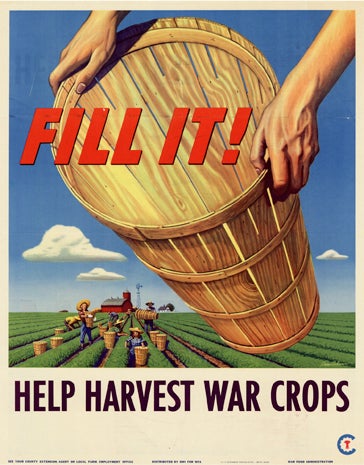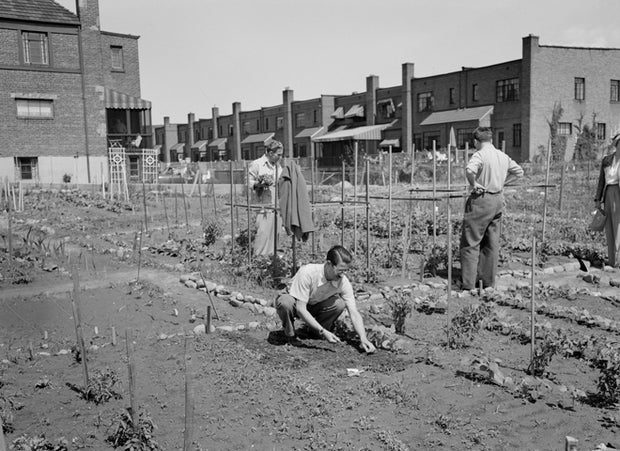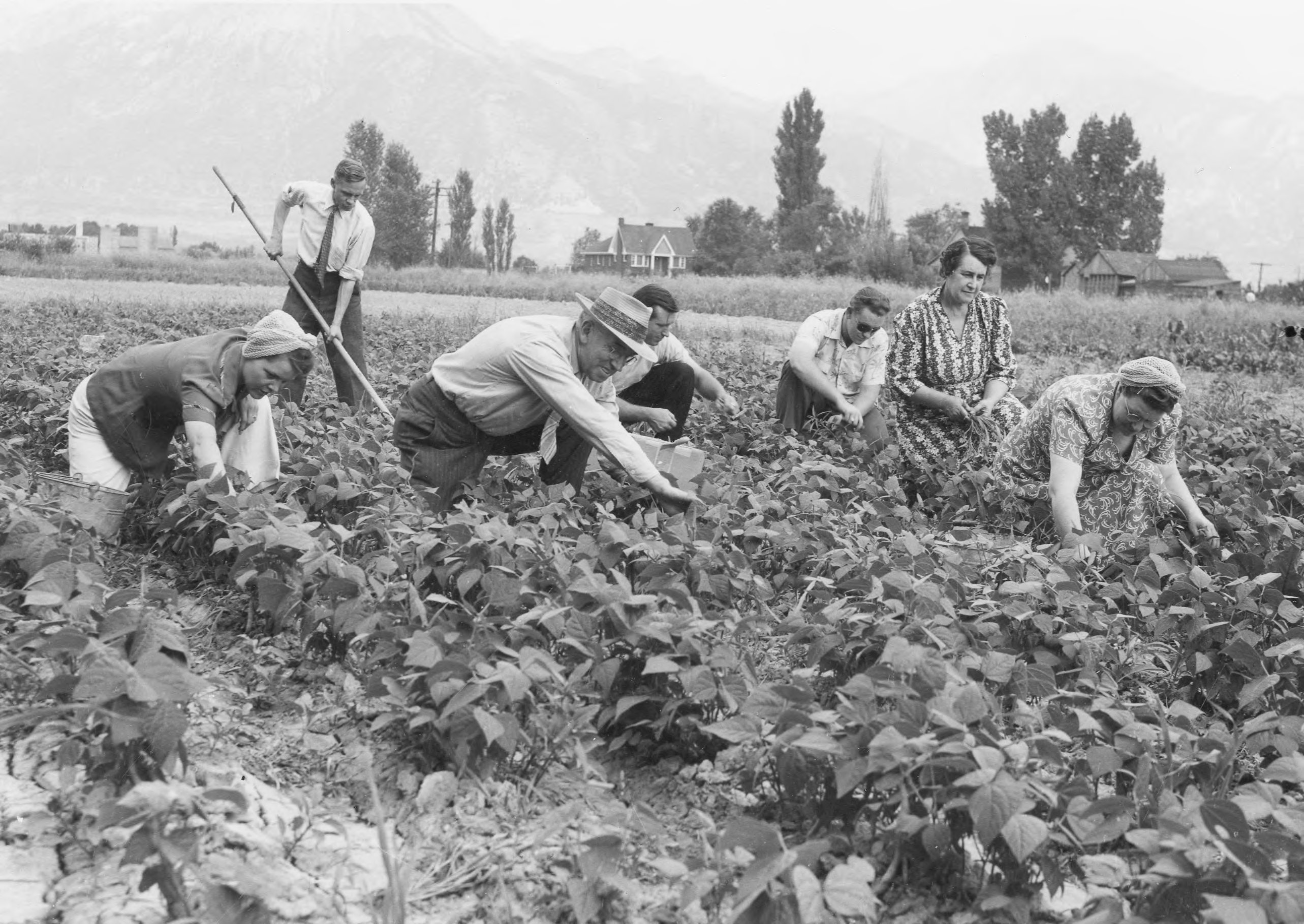Printable Victory Gardens Ww2 During World War II Victory Gardens were planted by families in the United States the Home Front to help prevent a food shortage This meant food for everyone Planting Victory Gardens helped make sure that there was enough food for our soldiers fighting around the world Because canned vegetables were rationed Victory
During World War II the United States government planned a public relations campaign to encourage Americans to grow Victory Gardens as part of the war effort on the Home Front These images are examples of posters promoting Victory Gardens Which one do you like best Why Learn more about the Home Front at www nationalww2museum Twenty two million Victory Gardens is the goal set for 1944 This means that we need about 16 million city town and suburban gardens Insects that feed on garden crops must be controlled In this guide the gardener will find a
Printable Victory Gardens Ww2
 Printable Victory Gardens Ww2
Printable Victory Gardens Ww2
https://i.pinimg.com/originals/e3/d1/6d/e3d16d483573e1ccef411b8582167b11.jpg
The Victory Garden program of World War II proved iconic and has engaged the imagination of many today who seek to transform the nation s food system one garden at a time Hayden Smith Rose 2014 Sowing the Seeds of Victory McFarland Company Inc Jefferson North Carolina p 197
Pre-crafted templates use a time-saving service for creating a diverse series of files and files. These pre-designed formats and layouts can be used for different individual and expert jobs, including resumes, invites, flyers, newsletters, reports, presentations, and more, improving the content development procedure.
Printable Victory Gardens Ww2

Propaganda Art For WWII Victory Gardens CBS News

The Edible Victory Victory Gardens Of The 1940s Wwii Posters

Propaganda Art For WWII Victory Gardens CBS News

Gardening Through The Years Victory Garden Wwii Posters Garden History

Archival Images Of Victory Gardens In 1943 The Botanic Garden Of

Pin On Victory Garden

https://www.greenprophet.com/2020/03/victory-garden-plans
Victory Gardens were popular in both world wars and the produce grown in them not only helped to supplement war time food shortages for families but were a great morale booster as well And we dug up an amazing old handbook for those who might want to follow the 1943 US Government plan

https://gardens.si.edu/gardens/victory-garden
Roughly one half of all American families had a victory garden during World War II There were at least 20 million victory gardens covering more than 20 million acres of American soil by 1943 40 of the nation s produce was supplied by victory gardens by 1944

http://enroll.nationalww2museum.org//victory-gardens.html
Kids Corner National History Day Image Gallery Fun Facts About Victory Gardens During World War II Victory Gardens were planted by families in the United States the Home Front to help prevent a food shortage In 1941 a five foot Christmas tree could be purchased for 75 cents

https://libraries.mit.edu/150books/2011/03/30/1943
Victory gardens had become popular and widespread a generation earlier during World War I as a means of easing the demand on commercial food production The victory garden campaign was revived during World War II when Americans were summoned as a patriotic duty to grow our own Victory Gardens so as to release

https://en.wikipedia.org/wiki/Victory_garden
Victory gardens also called war gardens or food gardens for defense were vegetable fruit and herb gardens planted at private residences and public parks in the United States United Kingdom Canada Australia and Germany during World War I and World War II
Reports estimate that by 1944 between 18 20 million families with victory gardens were providing 40 percent of the vegetables in America Following the victory gardens of WWII however there were fewer community focused gardening projects Throughout both world wars the Victory Garden campaign served as a successful means of boosting morale expressing patriotism safeguarding against food shortages on the home front and easing
Victory Gardens could be found all over the country during WWII from the backyards in Oak Ridge to the rooftops in New York City Near the end of the war there were approximately 20 million Victory Gardens producing 40 percent of vegetables consumed in the United States Gardeners would can any extra food to last them through the winter